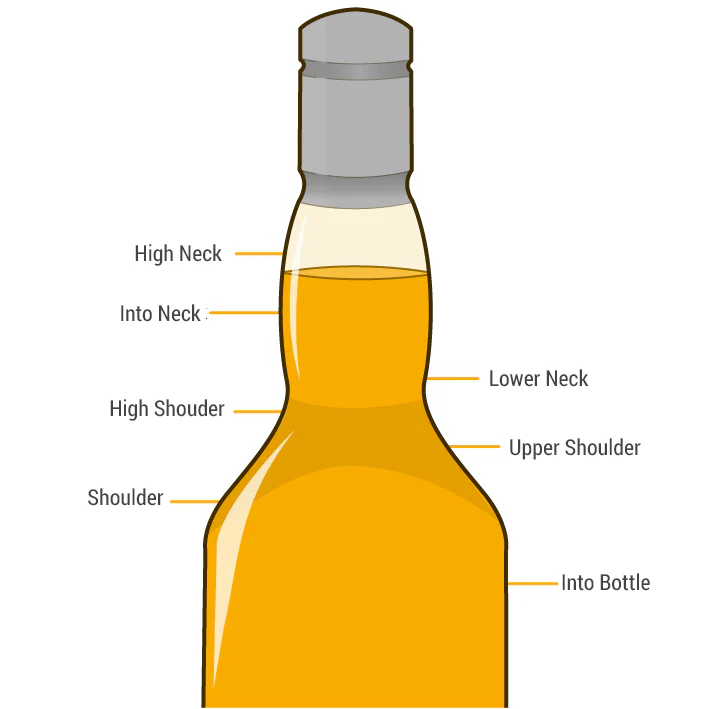End Date : Jan 04 2023 08:00 PM
We may have sold this bottle before. Click the graph below to view our sales history.

An iconic southern Islay distillery, Laphroaig is the benchmark for heavily-peated smoky single malt whisky. The distillery has been Islay’s most successful single malt for many decades now, so much so that in 1908, following a commercial dispute, White Horse’s Peter Mackie famously tried to create a copy of Laphroaig at Lagavulin, leading to the birth of Malt Mill.
Today, the most revered and sought-after Laphroaigs at auction fall broadly into two camps: the old official bottlings of Laphroaig 10-year-old from the late 1960s-1980s; and the extraordinary independent bottlings of 1960s and early 1970s vintages by Gordon & MacPhail, Signatory, Cadenhead’s and the Italian bottlers Samaroli and Intertrade. The common denominator in these legendary bottlings is a remarkably fruity character alongside the phenolic bombast - sadly this fruitiness is no longer found in Laphroaig’s modern distillate.

Distillery bottlings are, as the name suggests, bottled by or for the distillery from which the whisky has originated and are thus often referred to as Official Bottlings or OBs. Distillery bottlings are generally more desirable for collectors and usually fetch higher prices at auction than independent bottlings. They are officially-endorsed versions of the whisky from a particular distillery and are therefore considered the truest expression of the distillery’s character.
This ideal of the distillery character is regarded so seriously by the distilleries and brand owners that casks of whisky that are considered to vary too far from the archetype are frequently sold on to whisky brokers and independent bottlers. When this happens, it is often with the proviso that the distillery’s name is not allowed to be used when the cask is bottled for fear of diminishing or damaging the distillery’s character and status.



